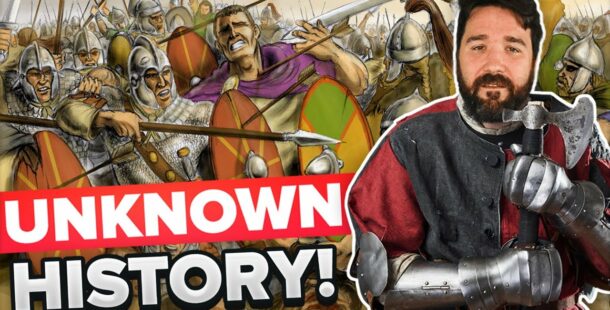
History
Want to improve your history knowledge? We’ve compiled over 4375 history facts in one place, just for you. Learn about U.S. history, ancient Egypt, the deadliest wars, historical photos, and so much more. Check out the top history lists on the internet all in one place.


Bizarre, History
25 Historical Photos That Will Haunt You
Posted by Hestie Barnard, Updated on April 25, 2024

Bizarre, History
25 BIZARRE Things Found On Earth We Still Can’t Explain
Posted by List25 Team, Updated on April 25, 2024

Show Us Your Love
Join Over 2 Million+ List25 Fans

History
25 Nostalgic 90s Kid Activities That Are Now Rare
Posted by Hestie Barnard, Updated on April 25, 2024

History
25 Raunchiest and Most Taboo Historical Photos
Posted by Hestie Barnard, Updated on April 25, 2024

People, History
25 Most Notorious War Criminals and Their Crimes
Posted by Hestie Barnard, Updated on April 25, 2024

History
25 Times CIA Interference Changed The Course Of History
Posted by Hestie Barnard, Updated on April 25, 2024

History
25 Unbelievable Facts About Ancient Civilizations
Posted by Hestie Barnard, Updated on April 25, 2024

Geography, History
25 Ancient Ruins with Hidden and Unusual Secrets
Posted by Juan Ramos, Updated on April 25, 2024

History, General
25 Reasons Why the ’90s Was the Best Decade
Posted by Hestie Barnard, Updated on April 25, 2024


Bizarre, History
25 Mind-Blowing Mandela Effect Instances That Will BLOW Your Mind
Posted by Robin Foote, Updated on April 25, 2024

History
25 Most Mysterious Archaeological Artefacts Ever Discovered
Posted by Hestie Barnard, Updated on April 25, 2024

History
25 Historical Events That You Didn’t Know Of
Posted by Beatrice Silva, Updated on April 25, 2024

History
The 25 Most Violent Riots and Uprisings in History
Posted by Hestie Barnard, Updated on April 25, 2024

People, History
25 Most Important Women in History
Posted by Hestie Barnard, Updated on April 25, 2024
